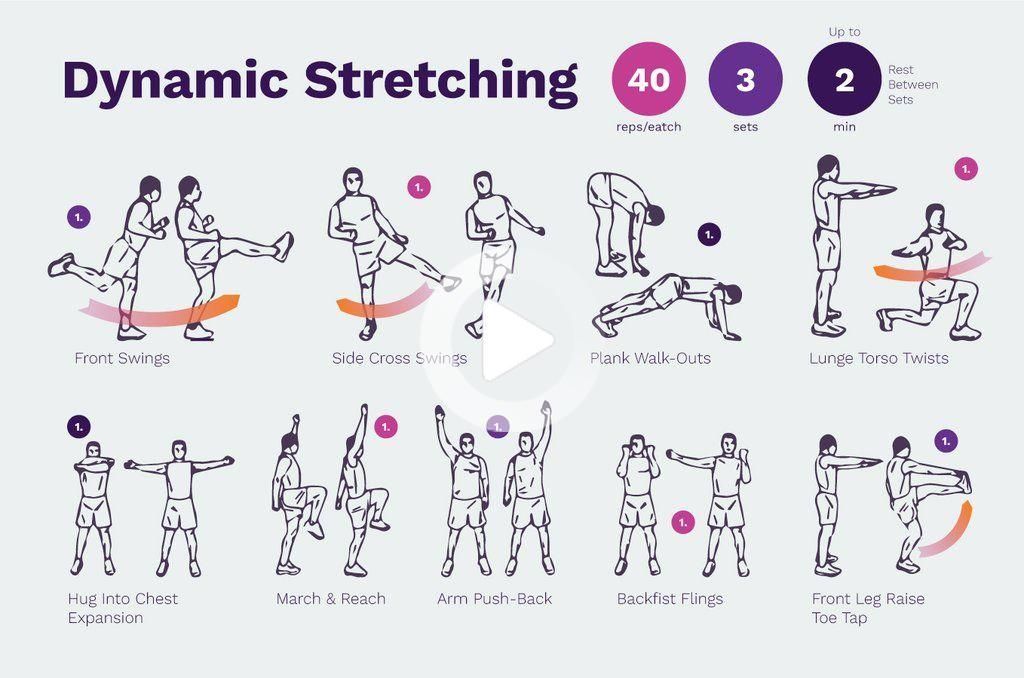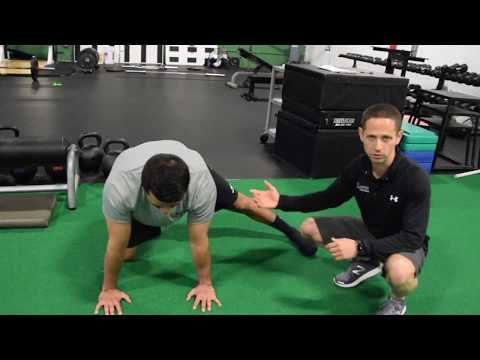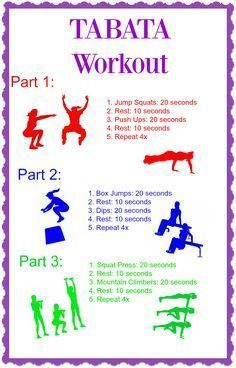Dynamic Stretching vs. Static Stretching
Stretching is an essential part of any fitness routine, helping to improve flexibility, prevent injuries, and enhance performance. However, when it comes to stretching, there are two main approaches: dynamic stretching and static stretching. Both methods have their advantages and disadvantages, and understanding the differences between them can help you make the right choice for your specific goals and needs.
What is Dynamic Stretching?
Dynamic stretching involves moving parts of your body through a full range of motion, mimicking the movements of the exercise or activity you are about to perform. It focuses on increasing the mobility and elasticity of your muscles and joints.
During dynamic stretching, you are actively engaged and flexing your muscles, promoting blood flow and warming up the body. This form of stretching is often recommended as a warm-up before engaging in sports or intense physical activities.
Examples of dynamic stretches include walking lunges, arm circles, high knees, bodyweight squats, and leg swings.
Benefits of Dynamic Stretching
Dynamic stretching has several advantages that make it a popular choice among athletes and fitness enthusiasts:
Improved Range of Motion: Dynamic stretches help improve the flexibility and range of motion of your muscles and joints by actively engaging them. This can be particularly beneficial for activities requiring a wide range of motion, such as dance or martial arts.
Increased Blood Flow: By moving your joints and muscles through various movements, dynamic stretching promotes blood circulation, delivering essential nutrients and oxygen to your muscles, which can help enhance performance.
Muscle Activation: Dynamic stretching activates the muscles you will be using during your workout or activity, preparing them for the movements and reducing the risk of injury.
Improved Coordination: Since dynamic stretching mimics the movements of the activity you are about to perform, it helps improve coordination and neural pathways, making your movements more efficient and precise.
What is Static Stretching?
Static stretching involves holding a stretch for a prolonged period without any movement. The goal is to elongate and relax the muscles, increasing flexibility and promoting relaxation.
During a static stretch, you slowly stretch a muscle to its comfortable limit and hold it for around 30 seconds. Common static stretches include hamstrings stretches, shoulder stretches, and calf stretches.
Benefits of Static Stretching
Static stretching has its own set of benefits that differentiates it from dynamic stretching:
Increased Flexibility: Static stretching helps improve flexibility by increasing the length of the muscle and the range of motion of the joints. This is particularly important for activities requiring deep stretches, such as yoga.
Muscle Relaxation: Holding static stretches helps relax tense muscles and promotes a sense of relaxation and calmness. It can be a great way to relieve muscle tension and reduce stress levels.
Improved Posture: Static stretches that target specific muscles can help improve posture by lengthening tight muscles and reducing imbalances in the body.
Cooling Down: Static stretching is often recommended as part of a cool-down routine after intense physical activity. It helps bring your heart rate back to normal gradually and prevents blood pooling, reducing the risk of dizziness or fainting.
Which is More Effective?
Deciding whether to incorporate dynamic or static stretching into your routine depends on various factors, including your goals, the type of activity, and individual preferences. However, research suggests that dynamic stretching may be more beneficial before vigorous exercise, while static stretching is suitable for cooldowns and improving overall flexibility.
A study published in the Journal of Strength and Conditioning Research found that incorporating dynamic stretching before exercise can lead to improved power and performance compared to static stretching. Additionally, dynamic stretching can help increase muscle temperature and activate the central nervous system, preparing the body for an intense workout.
On the other hand, static stretching has been shown to be more effective for increasing overall flexibility and range of motion. It helps lengthen muscles, improve posture, and release built-up tension.
It’s important to note that dynamic and static stretching are not mutually exclusive. Depending on your workout routine, you can combine both methods to reap the benefits of increased performance and flexibility.
Conclusion
Both dynamic and static stretching have their advantages and play significant roles in improving flexibility, preventing injuries, and enhancing performance. Dynamic stretching is effective as a warm-up before intense exercise, while static stretching is more suitable for cooling down and improving overall flexibility. By understanding the differences between the two stretching methods and incorporating them appropriately into your fitness routine, you can maximize your workout results and minimize the risk of injuries.


